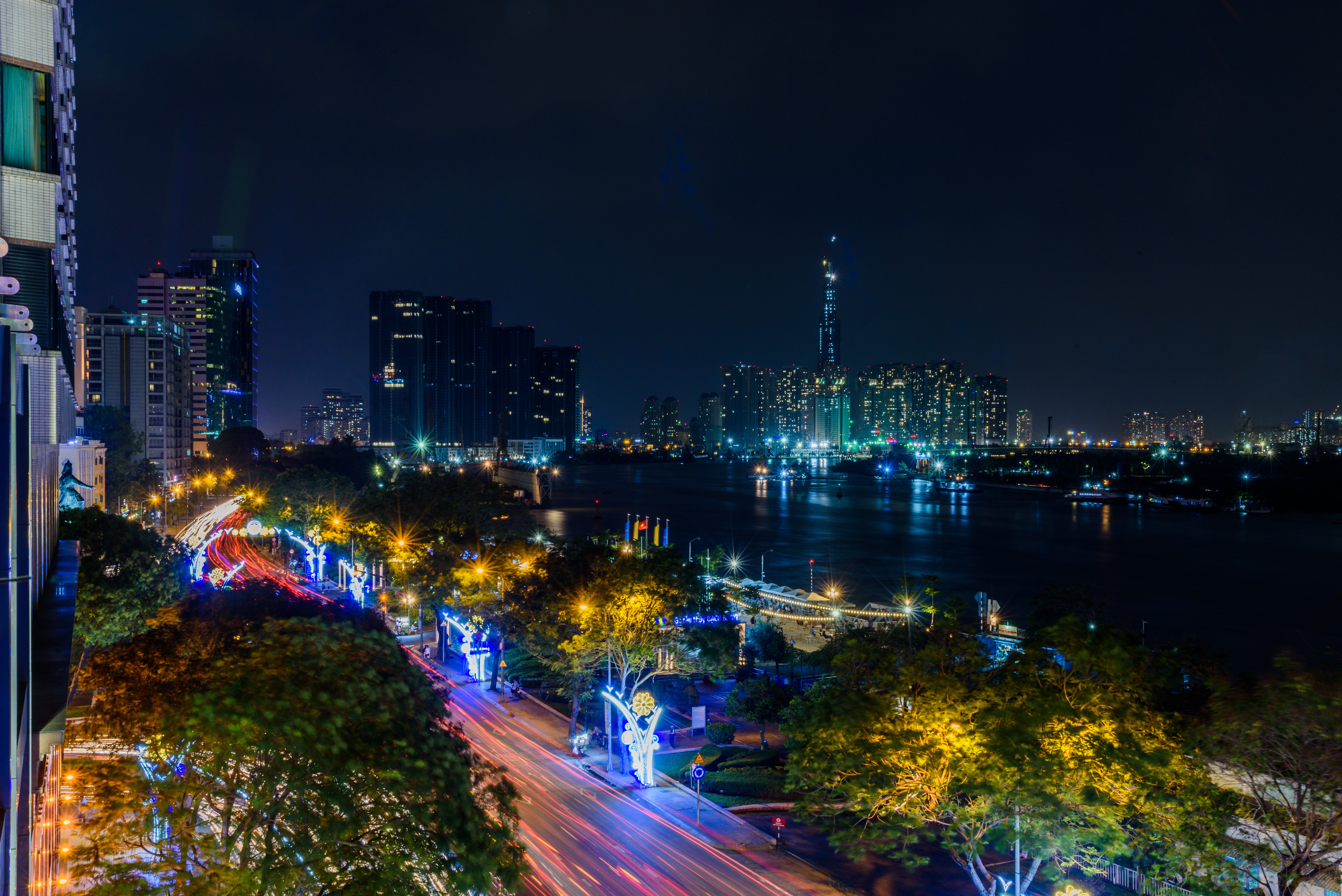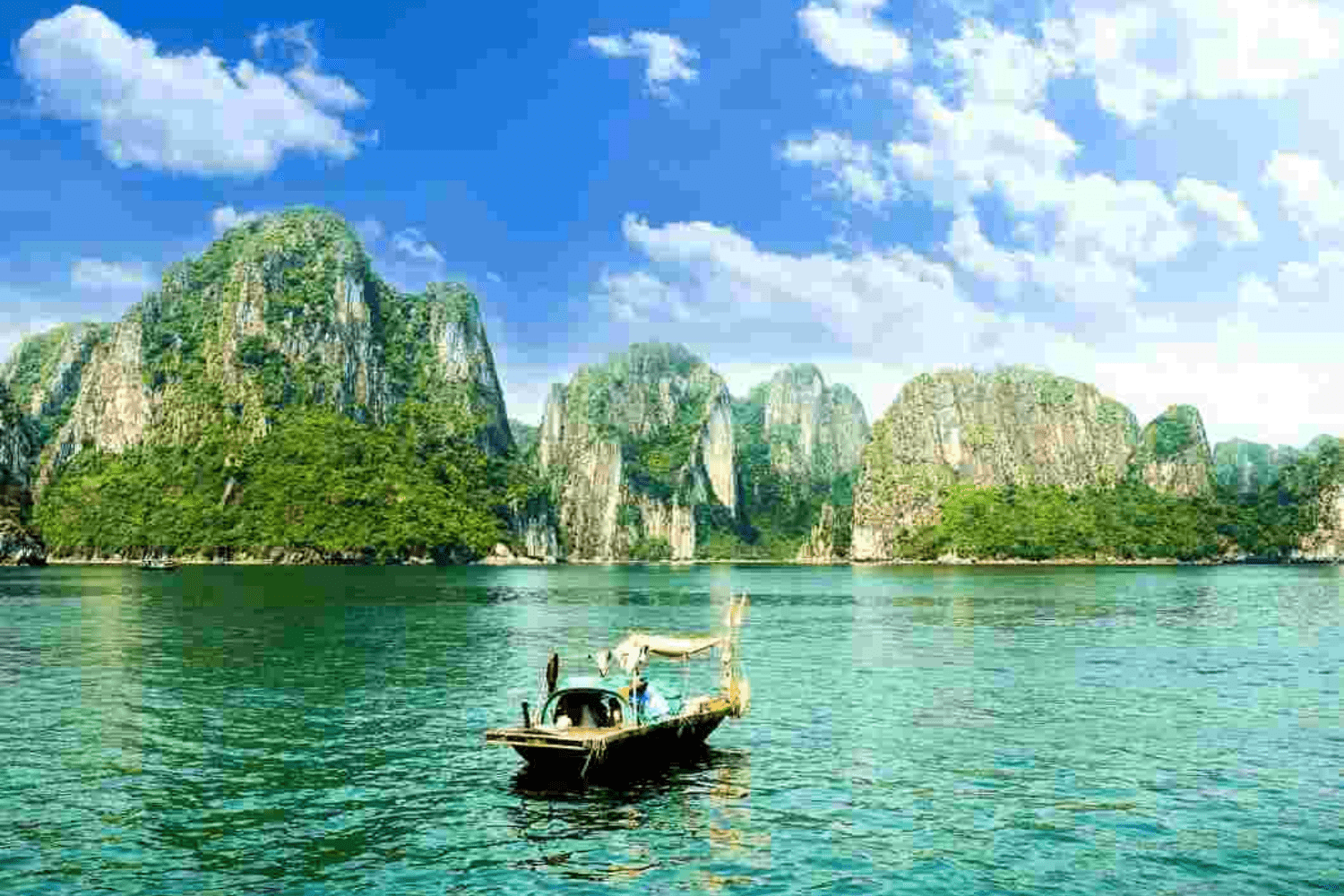Best Time to Travel to Vietnam: Vietnam Travel Tips
Vietnam, with its rich history, diverse culture, and stunning landscapes, has become a top destination for travelers worldwide. However, to make the most of your trip, it's crucial to consider the timing of your visit. The best time to visit Vietnam depends on what you want to experience and where you plan to go. This article will provide essential Vietnam travel tips to help you decide when to visit this beautiful country.
Climate and Regional Variations
Vietnam stretches over 1,000 miles from north to south, resulting in varied climatic conditions. The country can be divided into three main regions: the North, the Central, and the South. Each region has distinct weather patterns, influencing the best time to visit.
Northern Vietnam (Hanoi, Halong Bay, Sapa):
- Spring (March to April): This is one of the best times to visit Northern Vietnam. The weather is mild and pleasant, with temperatures ranging from 15°C to 25°C (59°F to 77°F). It's a perfect time for exploring Hanoi's historical sites, cruising Halong Bay, and trekking in Sapa.
- Autumn (September to November): Another ideal time for Northern Vietnam, autumn offers clear skies, cool temperatures, and vibrant landscapes. October is particularly beautiful, with lush greenery and comfortable weather.
Central Vietnam (Hue, Da Nang, Hoi An):
- Spring (February to April): Central Vietnam enjoys warm and sunny weather during spring. It's a great time to visit the ancient city of Hue, relax on Da Nang's beaches, and wander the charming streets of Hoi An.
- Autumn (August to October): While late summer can bring occasional typhoons, the early part of autumn is generally favorable. This period is less crowded, and the weather remains pleasant.
Southern Vietnam (Ho Chi Minh City, Mekong Delta, Phu Quoc):
- Dry Season (December to April): Southern Vietnam experiences a tropical climate with distinct wet and dry seasons. The dry season is ideal for visiting, with temperatures around 25°C to 35°C (77°F to 95°F). This period is perfect for exploring the bustling streets of Ho Chi Minh City, cruising the Mekong Delta, and enjoying Phu Quoc's beaches.
- Shoulder Seasons (November and May): These months offer a balance between fewer tourists and relatively good weather. While there may be occasional rain showers, it won't significantly impact your travel plans.
Vietnam Travel Tips
Now that you have an overview of the best times to visit different regions, here are some essential Vietnam travel tips to enhance your journey:
1. Plan Around Festivals: Vietnamese festivals are vibrant and offer a unique glimpse into the local culture. Tet Nguyen Dan (Lunar New Year) in late January or early February is the most significant festival, featuring traditional performances, fireworks, and family gatherings. However, it's also a peak travel period, so plan and book accommodations well in advance.
2. Pack Appropriately: Given the diverse climate, packing can be challenging. Light, breathable clothing is essential for the southern regions, while the north can get chilly, especially in winter. A raincoat or umbrella is handy during the rainy season.
3. Stay Hydrated and Use Sun Protection: Vietnam's tropical climate can be intense, especially in the south. Always carry a water bottle, wear sunscreen, and use a hat or umbrella to protect yourself from the sun.
4. Respect Local Customs: Vietnamese people are known for their hospitality, but it's essential to respect local customs and traditions. Dress modestly, especially when visiting temples and pagodas. Remove your shoes before entering someone’s home or a sacred place.
5. Currency and Payments: The official currency is the Vietnamese Dong (VND). While credit cards are widely accepted in major cities, carrying cash is advisable when traveling to remote areas. ATMs are readily available, but notify your bank of your travel plans to avoid any issues with card transactions.
6. Transportation Tips: Vietnam offers various transportation options, from motorbikes to buses and trains. For short distances, consider using ride-hailing apps like Grab. For longer journeys, the train system is a scenic and comfortable option, especially the Reunification Express running from Hanoi to Ho Chi Minh City.
7. Stay Connected: Purchasing a local SIM card upon arrival is a convenient way to stay connected. Most airports and major cities have kiosks where you can buy SIM cards with data plans at reasonable prices.
8. Health Precautions: Consult your doctor about necessary vaccinations before traveling. Insect repellent is crucial to protect against mosquito-borne diseases. Also, consider purchasing travel insurance to cover any medical emergencies.
Conclusion
Choosing the best time to travel to Vietnam can significantly enhance your experience, allowing you to enjoy the country's natural beauty and cultural richness. Whether you're exploring the northern mountains, the central heritage sites, or the southern beaches, Vietnam offers something for every traveler. By following these Vietnam travel tips, you'll be well-prepared to embark on an unforgettable journey through this enchanting Southeast Asian gem.



Comments
Post a Comment